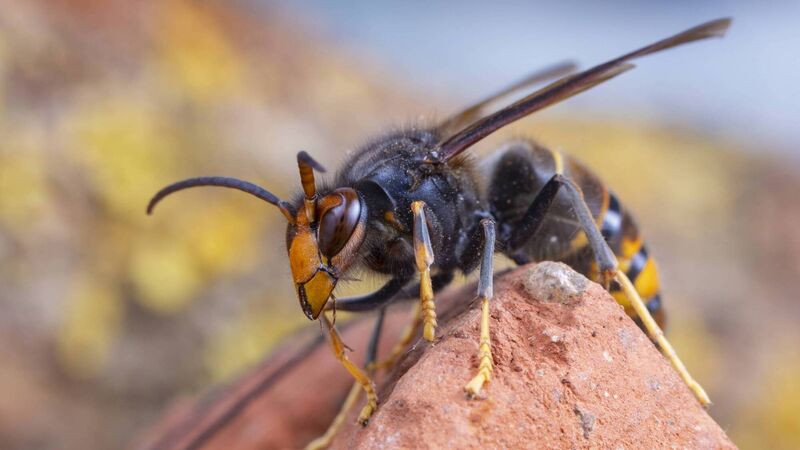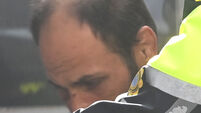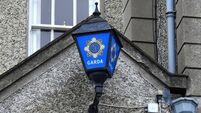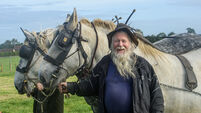Search ongoing in Cork for further nests of Asian hornets

The sting of an Asian hornet (Vespa velutina) can be fatal to humans — and the predatory wasp also poses a threat to honey bee populations. Picture: iStock
Wildlife experts are continuing to scour an area in Cork where a nest of potentially deadly Asian hornets was found on Wednesday to make sure there are no more there.
The nest, at an undisclosed location, is the first to be found in this country and was described by Christopher O’Sullivan, the minister of state for nature, heritage and biodiversity, as “worrying”.
That is not only as they can be a danger to humans — a single sting with their highly-poisonous venom can prove fatal to anybody allergic to wasp stings — but also as they are hugely dangerous to honey bees.
One Asian hornet can hunt and consume up to 50 bees in a day.
They also form massive nests with thousands of inhabitants.
The discovery of the nest has led to fears the invasive species, whose sting has led to multiple deaths in Europe, could spread as quickly here as in France. Just two years after the first such nest was found in 2005, some 2,000 more were found in the same region of France around the port of Bordeaux.
There have been reports of losses in France of up to 14,000 honey bees per hive per month in recent years.
Despite this, a top ecologist has said he thinks it is “unlikely” the Asian hornet will establish itself in Ireland to the same extent it has in other countries.
University College Cork lecturer Simon Harrison says this is because the climate here is too damp and cold.
“If — and that’s a big ‘if’ — they did establish themselves here, it would be disastrous,” the academic with UCC’s School of Biological, Earth and Environmental Sciences (BEES), said.
“But while there is always the potential, it is unlikely. We just don’t have the right conditions.”
The discovery of the hornets’ nest in Cork City was made after a member of the public spotted an Asian hornet earlier this month and logged the location on the National Biodiversity Data Centre’s website, along with a photograph.
Entomologists at both the National Museum of Ireland and National Parks and Wildlife Service (NPWS) verified the sighting as being an Asian hornet, triggering a biosecurity alert and rapid response protocol.
No evidence of a hornet nest or any other hornet activity was initially observed.
But subsequent surveillance led to an Asian hornet being trapped on August 12 and the launch of extensive monitoring by NPWS and other experts.
Mr O’Sullivan said: “While this finding is worrying, international experience shows that if we act quickly, we can prevent this destructive species from establishing in Ireland.
“In this case, the team of experts led by the NPWS, quickly identified the location of the nest.
“Work is now underway to safely remove it. Surveying and monitoring of the area will continue until we are satisfied there is no further evidence of activity.”













